6 Essential STEM skills for pre-schoolers
So, you are an educator or caregiver who realises the importance of science, technology, engineering and mathematics (STEM) learning in early childhood. You have decided that you want to ‘do STEM’ with your children and that’s awesome! The one problem is, however, that you don’t even know where to start. Never fear- I’m here to help with a list and explanations of essential STEM skills.
In this article I’m going to discuss some basic skills which will help children in STEM investigations. Whilst I am focusing on little kids, these skills are also important for learners of all ages.
In this article, we are going to cover-
What is STEM in Early Childhood & why is it important?
In this post, we are jumping right into the essential STEM skills for early learners. However, if you would like to explore more about what STEM is and why it is important, read click here.
#1 Observation
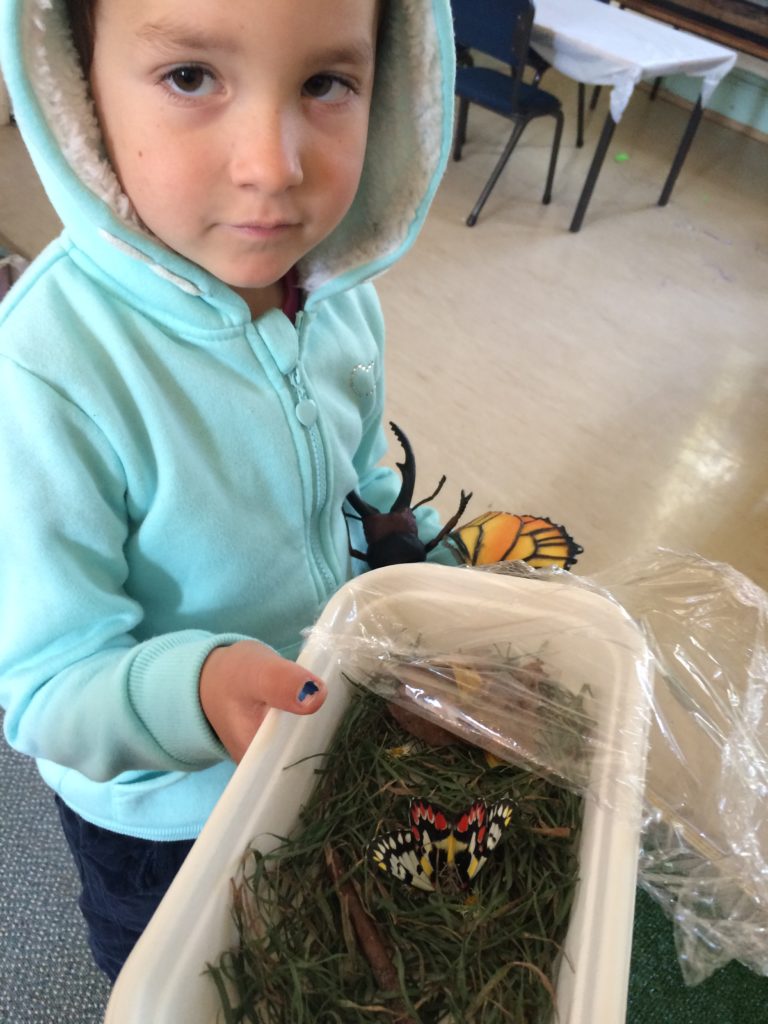
Firstly, the reason that I’m starting with observation is because it is the most important foundational STEM skill. In fact, try to explore or investigate anything without using observations… um… you just can’t! What’s more, observation is the basis of the Scientific Method.
Now, when I talk about observation, I don’t just mean looking at things. When I am working with young children, I am literally always referring to their ‘Powers of Observation’. It’s almost as though they are superheroes! We go through what these superpowers are- sight, smell, sound, touch, and taste (careful about this one!). In other words- their senses.
Of course, in your home, classroom, or the great outdoors, you already have heaps of things to explore with your senses.
Your job is to communicate the language around this and to be intentional in these experiences. In fact, it is probably something you already do without thinking about.
Lastly, if you want to extend children’s observational experiences, try ‘taking away’ a sense. This can be done by using blindfolds, also earmuffs etc, to tune in more strongly to the other senses.
#2 Classification
Without a doubt, classification is done ALL THE TIME in early childhood. But the word that you may use with your children is ‘sorting’. Educators will often set up a sorting activity for students with a specific intention in mind, for example, sorting objects by colour. But children will often go rogue! And there is a lot to be said for letting them do this. Communicate with the child to see why they have decided to sort in this way. Maybe their brain has gone to a place that you haven’t even thought of.
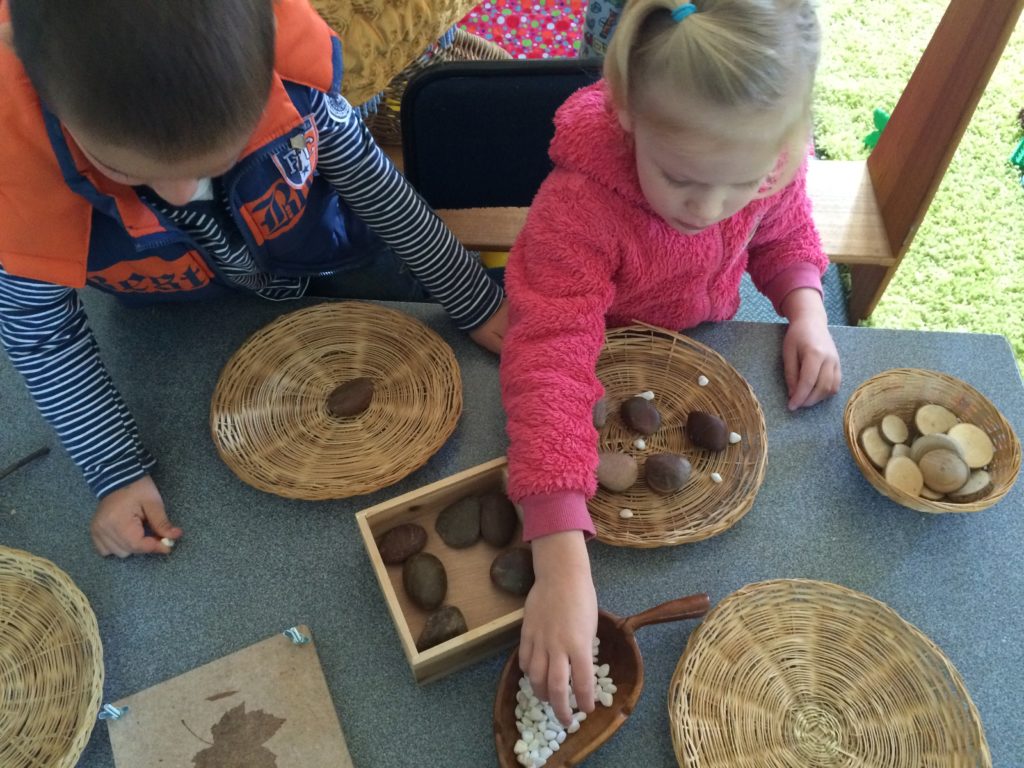
If you are unsure of where to start with a sorting activity, just grab a few ice cube trays and an assortment of small object. From here, see what the children come up with. More often than not, they will be happy to tell you about why they made the choices they did.
Classifying skills help children in sequencing events and objects, spatial reasoning, and also identifying variables in scientific hypothesis (prediction).
#3 Communication
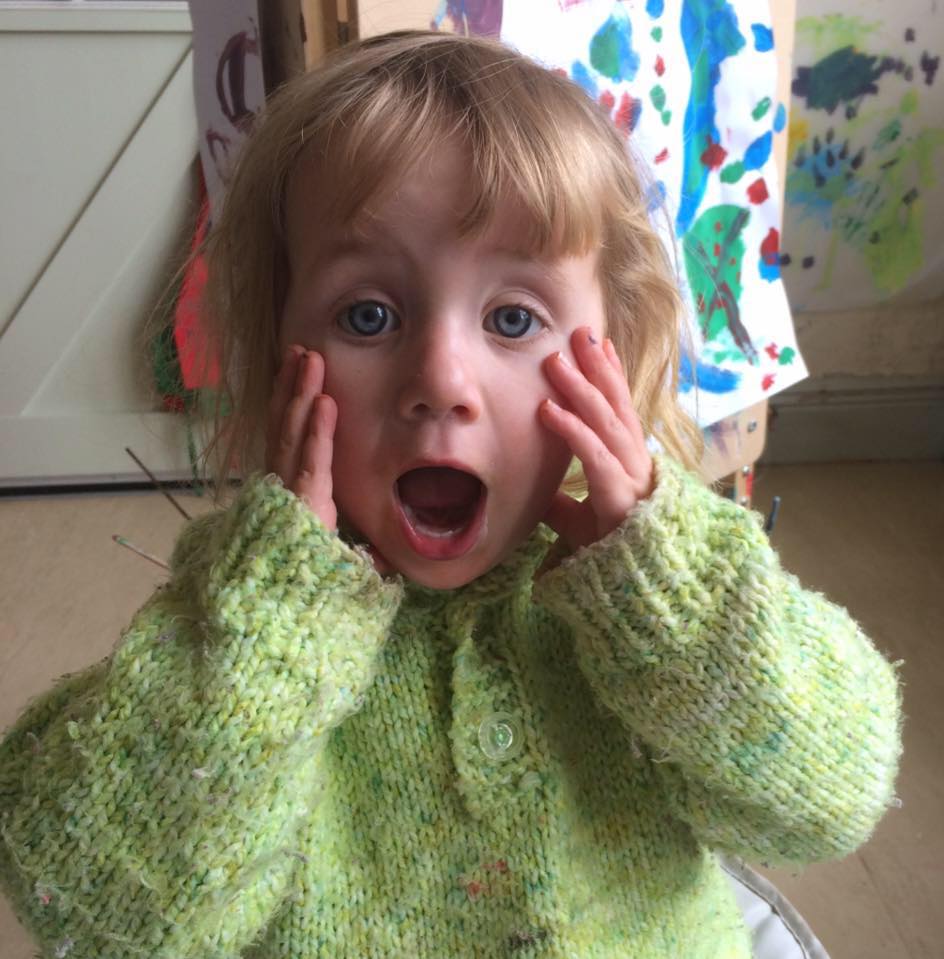
Equally important as observation and classification is communication. Indeed, communication is something that young children naturally want to do. But it can be difficult for them to communicate in a way that adults understand. A lack of time and patience are enemies of effective communication. Children need to be given enough time and opportunities to communicate. They can communicate what they saw, what they did, what they observed, what they predicted and also, most importantly, what they thought. When learning to communicate verbally, children first begin by identifying something. Secondly, they move on to describing it. Finally, they can actually talk about their thoughts about that object or event.
Of course, communication isn’t only verbal, and children need to be given opportunities to communicate in other ways. If you think about STEAM (science, technology, engineering, ARTS, and mathematics), the arts are a great way to facilitate STEM communication in imaginative and creative ways. They can express their thoughts through music and dance. Illustrate their conclusions through drawing and painting. Create mind maps and graphs. Build models and dioramas. Not only are these effective ways to communicate but, equally important, they are fun.
#4 Prediction
Obviously prediction is a really important part of the Scientific Method. Remember the Scientific Method? ‘Observe, Ask a Question, Have a Guess, and Test it Out’. It’s really important to use scientific language with children. So, you CAN introduce words like ‘prediction’ and ‘hypothesis’. But using it with words like ‘guess’ and ‘think’ will make the meaning clearer.
Prediction skills can be practised with young children when you ask questions like, ‘What will happen, if…’. These kinds of exercises will really beef up their ability to make predictions.

Moreover, when children make these predictions, it’s good to draw upon their prior knowledge of similar situations by questioning.
An example of a prediction activity in an early childhood classroom is the simple, ‘Will it sink or float’ investigation. This activity is as easy as it sounds. First, get a bucket of water and bunch of objects. Second, ask, ‘will it float or sink?’ Lastly, place them in the bucket and see if your predications were correct. It’s also great for a hot day too because water play is always fun!
#5 Measurement
In addition (boom boom) to the other skills, we have measurement. Measurement, obviously, sits squarely in the M (math) part of the STEM acronym. Unlike the other essential skills this one is more of an acquired skill.
When working with young children, there are different types of measurement to focus on, for example,
- Length
- Volume
- Weight
- Temperature, and
- Time
It should be noted, that it is important to try not to force the academic learning of these kinds of things. Furthermore, the activities that we do in early childhood should always be developmentally appropriate. In fact, with young children we work with non-standard measurements. For instance, measuring the length of something in stuffed toys or toy cars rather than inches or centimetre.
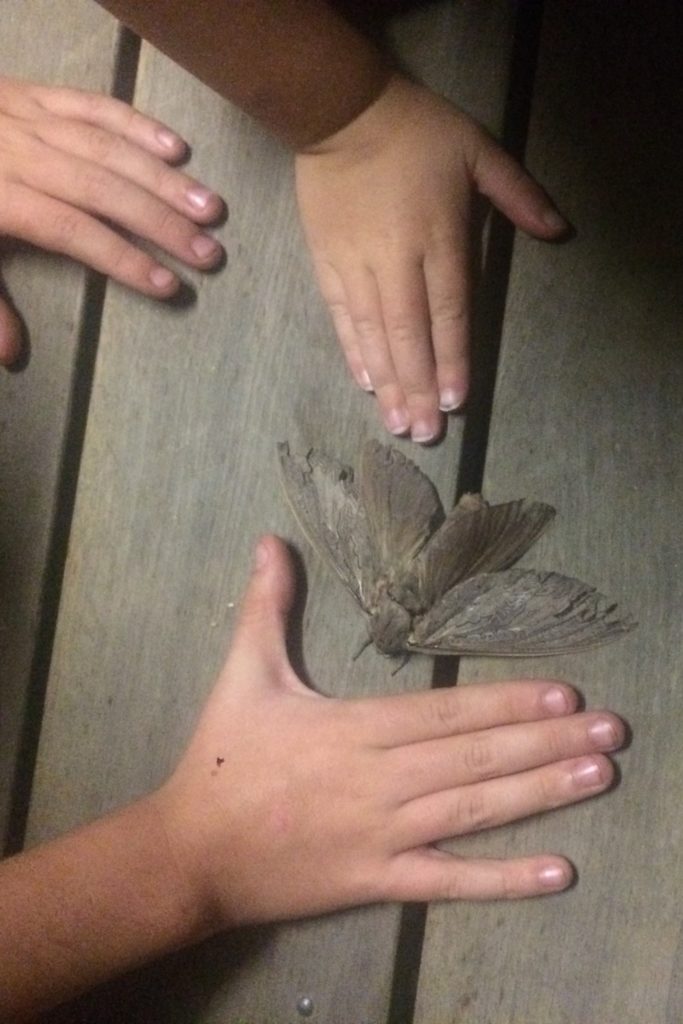
A fun activity that I have done with students is to make block towers. Challenge the children to make towers as tall as themselves. This is a great way of introducing measurement. Subsequently, when children are ready to start working with standard units of measurement, they have a basis to work from.
#6 Inferring

Last but not least, we have reached our 6th essential STEM skill. Inferring. When a child infers something, they are explaining ‘why’ something happened. Now, of course this will not always be correct, but that doesn’t mean they don’t have value. Contrary to what we may think, there is a lot of value in these naïve conceptions. That is because these are the schema* that children have created to make sense of the world around them. Inferential reasoning is basic to all scientific understanding. To help children with their inferring, questioning is also important. Good questioning can help children bring in evidence from their past experiences.
Of course, there are plenty of everyday opportunities to practise inferring with young children. And when you are doing this, you need to be sure to ask the children what their reasoning is behind their ideas.

Now it’s time to give it a go!
So, there you have it! 6 essential skills that you need to work on with the young children in your life to explore and extend their STEM learning. These are all things that come quite naturally to young children. However, they do need to be intentionally scaffolded by adult support. Is this something you feel comfortable and confident with? Be sure to contact me with your thoughts and also any questions you have.
Liked this post? Check out
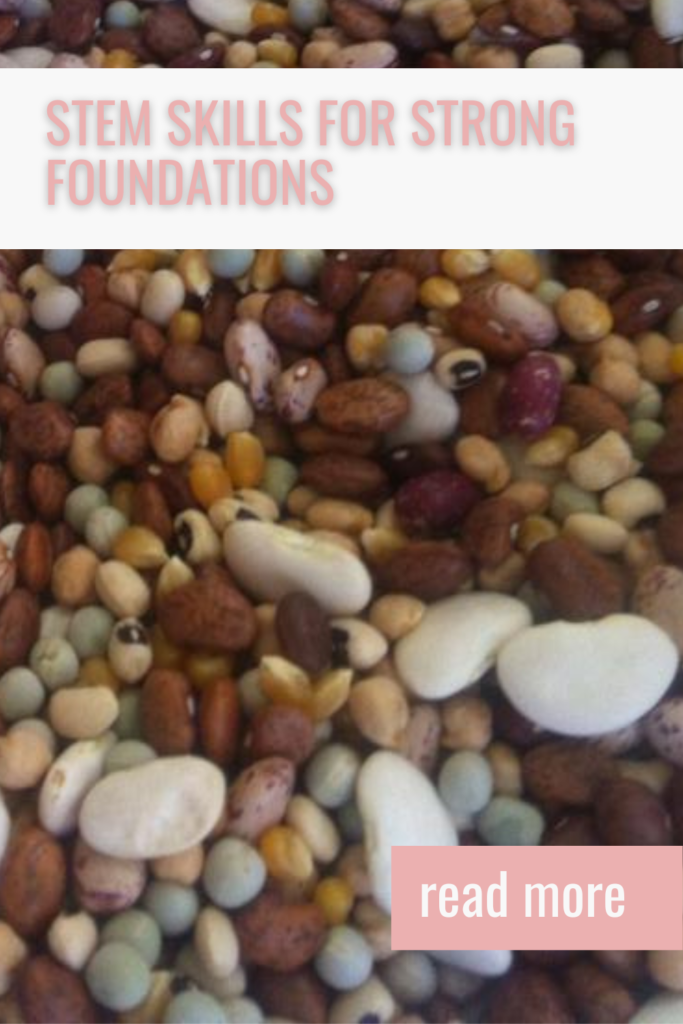
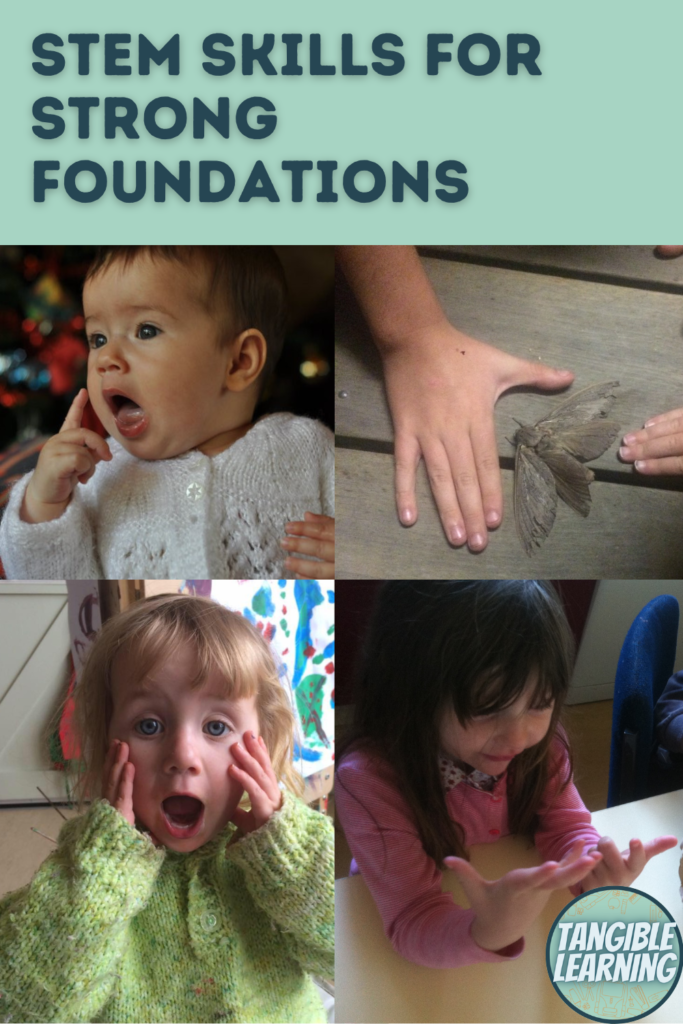
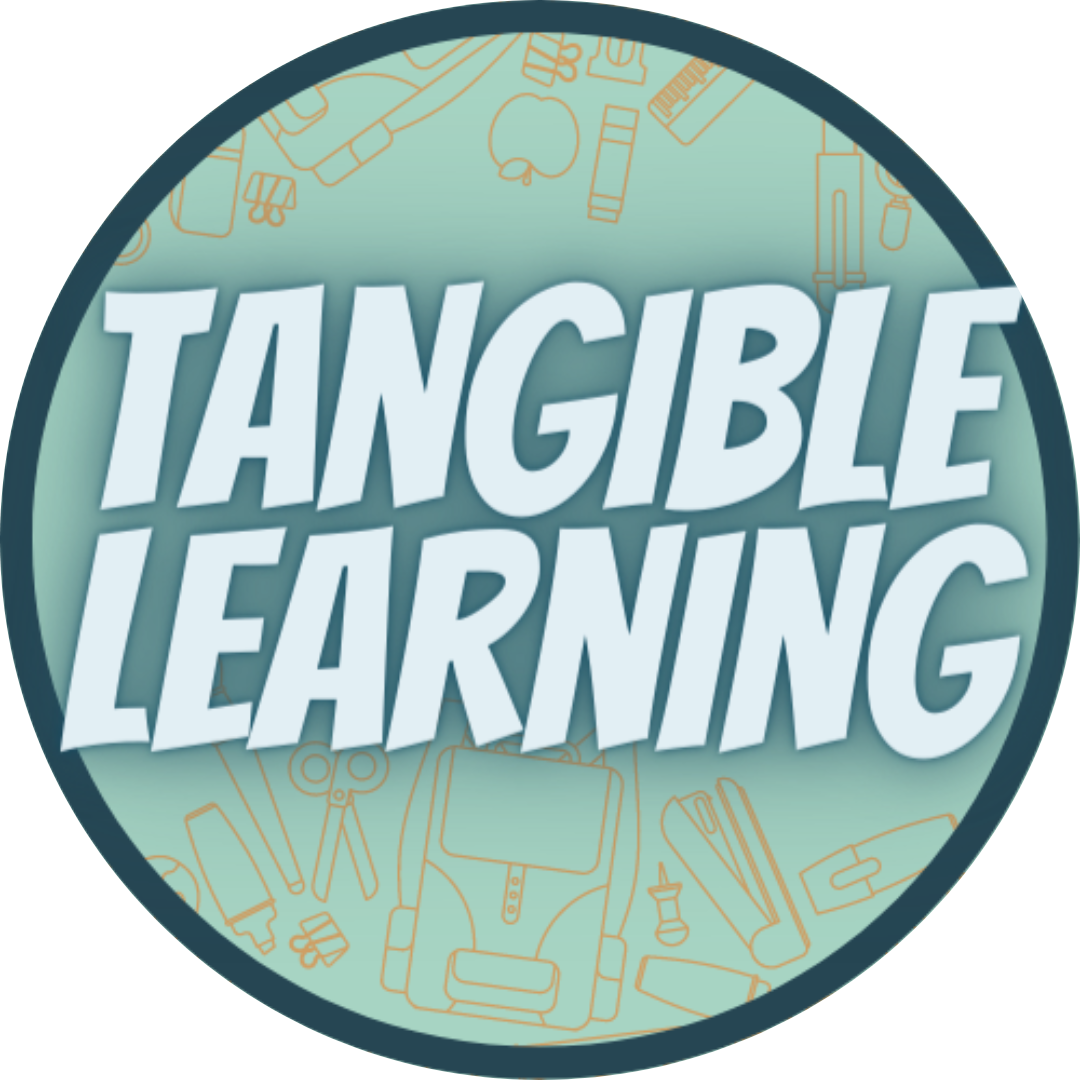



Excellent blog post. I definitely appreciate this website. Continue the good work!
[…] Learn more about STEM Skills for Strong Foundations here […]
[…] Learn more about STEM Skills for Strong Foundations here […]